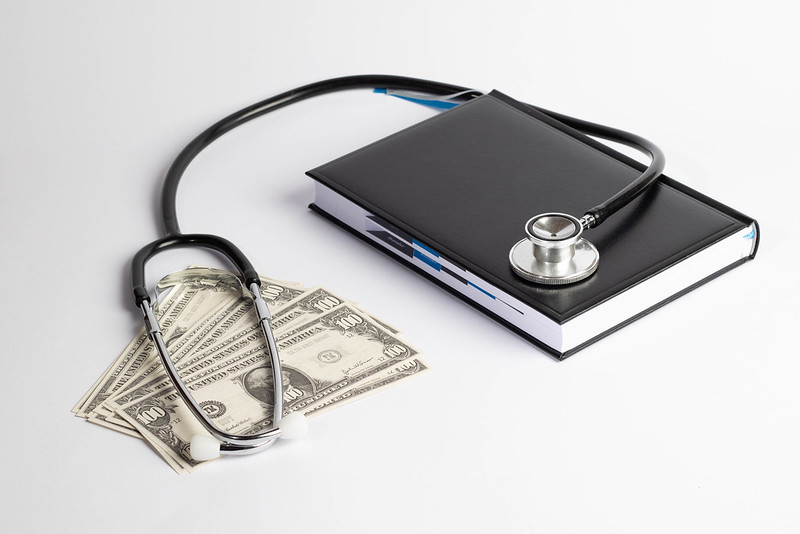A new study by Paul Fronstin at the Employ Benefits Research Institute finds that people’s out-of-pocket health care costs in retirement have increased significantly in the last year. Ginger Szala reports for ThinkAdvisor that older and disabled Americans will be expected to spend more on health care.
Medicare only covers about two-thirds of people’s health care costs. Unless your income is low enough to qualify you for Extra Help, you will pay premiums, deductibles, coinsurance and copays as well as the cost of services that Medicare does not cover. Medicare does not cover long-term care services, nor does it cover vision, hearing or dental benefits.
In 2021, health care costs increased significantly. To cover these higher costs, EBRI projects that people will need to put aside between three and eight percent more money for their health care in retirement.
If Congress does not pass the Build Back Better Act, there will continue to be no out-of-pocket cap on Medicare prescription drug expenses. As it is, Medicare does not have an out-of-pocket cap. Consequently, people in traditional Medicare need supplemental coverage, Medigap to pick up their out-of-pocket costs and limit their costs.
How much will you need to cover health care costs in retirement?
It depends. Women typically need to set aside more than men. They tend to live longer. Women who are 65 now and have set aside $103,000 have a 50-50 chance of covering their health care costs in retirement. If you want to minimize your risk of not having enough money, women need to set aside $159,000. That is up about $15,000 from 2020.
Men who are 65 have slightly lower costs than women. $142,000 in savings should give them a 90 percent chance of having the money they need in retirement. $79,000 in savings affords them a 50-50 shot.
Couples with typical prescription drug costs need slightly less than single people. EBRI projects that $296,000 in savings—up about $26,000 from 2020– gives them a 90 percent likelihood of being able to cover their health care costs. With $182,000, they would have a 50-50 chance of being able to pay their health care costs. For a 50 percent chance of having enough to cover health care expenses in retirement, a couple with median prescription drug expenses needs $182,000 in savings.
At 65, couples with very high drug costs will need a whole lot more to cover their health expenses. EBRI projects that savings need to be $361,000, up $36,000 from 2020.
Here’s more from Just Care:










